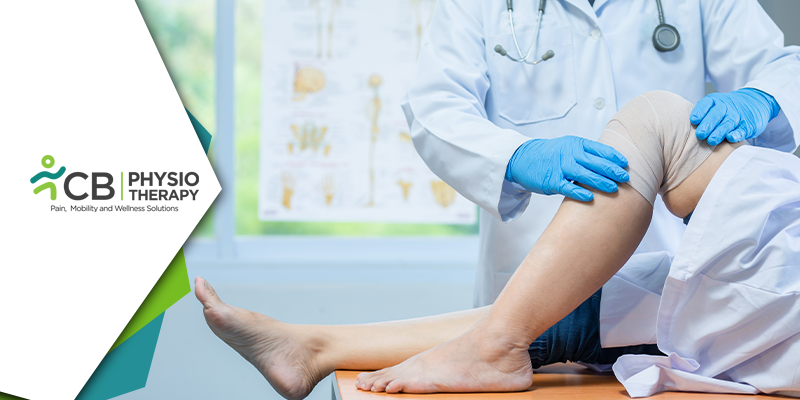Every year World Physiotherapy Day is observed on the 8th of September. This day is celebrated to recognize the importance of physiotherapy in our lives. Physiotherapy plays an important role in keeping our bodies healthy and fit. Several diseases can be cured with the help of Physiotherapy. The physiotherapist can treat the injuries and deformities in a patient and make their damaged body part functional. The Theme for World Physiotherapy Day 2022 is Prevention and Management of Osteoarthritis (the most common form of arthritis). The day focuses on raising awareness about the crucial role of physiotherapists in the prevention of Osteoarthritis and the way through which the condition can be managed. Mentioned below are a few exercises which can be done by individuals suffering from osteoarthritis.
Initially, get started with simple strengthening exercises without resistance and then progress by using flexible tubing, and weights up to 1 or 2 pounds 12 to 15 times in 2 or 3 sets.
Shoulder Stretches:
Sit with forearms in front of the body.
Bring the elbows back to the "hands up" position, with palms facing forward.
Stretch the arms overhead as far as possible, but keep the elbows in line with the side of the body.
Forward arm reaches:
Sit or stand with arms at the side, elbows bent and thumbs pointed back toward the shoulders.
Stretch arms overhead.
If one of the arms is weak, then help it by placing the hand under the elbow and assisting the arm to the overhead position.
Finally, lower the arms slowly and bring them to the starting position.
Finger walk thumb circles:
Sit with hands on the table and fingers pointing ahead.
Slide thumbs toward each other.
Then slide each finger towards the thumb, one by one.
After the little finger has completed the "walk", lift the hands and put them down straight. Then, move the fingers toward the thumb. Then rotate the thumbs.
Biceps curls:
Start with elbows bent by the sides.
Keep the upper arm at the side, and bring one dumbbell up to the shoulder.
Lower to the starting position and repeat the same exercise with the opposite arm.
Continue to alternate between sides.
Triceps extensions:
Hold the weight overhead by using both hands.
Keeping the elbows pointed upward, lower the weight behind the head. (Make sure not to hit the back of the neck).
Raise weight overhead again.
Return and repeat.
Side lateral raises:
With arms down at the sides, raise arms (slightly bent) to shoulder height.
Lower and repeat.
Wall push-up:
Stand 12 inches (with feet) away from the wall.
Place both hands a little wider than the shoulders.
Lower the chest to the wall, then push back to the starting position.
Knee raise:
Sit on the edge of a chair or stool with the back straight.
Lift the knee as high as possible without bending the back.
Bring the knee higher with the hands if necessary.
Keeping the abdominals tight, slowly lower the leg back to the starting position.
Heel/ toe lift:
Sit forward on a chair with feet flat on the floor.
Lift heels, place toes on the floor, then lift toes.
Hold for 3 seconds and then return to the feet flat position.
Leg lift/ ankle movement:
Sit upright with your back supported.
Slowly straighten the knee. With the knee slightly bent, bend the ankle, pointing the toes ahead.
Then reverse to point the toes toward the ceiling, and repeat.
Exercising has often been seen to be effective in helping, but the nature of the condition often impedes the implementation of such therapy. Motion hurts, but the motion is shown to be among the best treatments, as exercises keep the joint mobile it helps to reduce the constant inflammation and pain associated with it.

